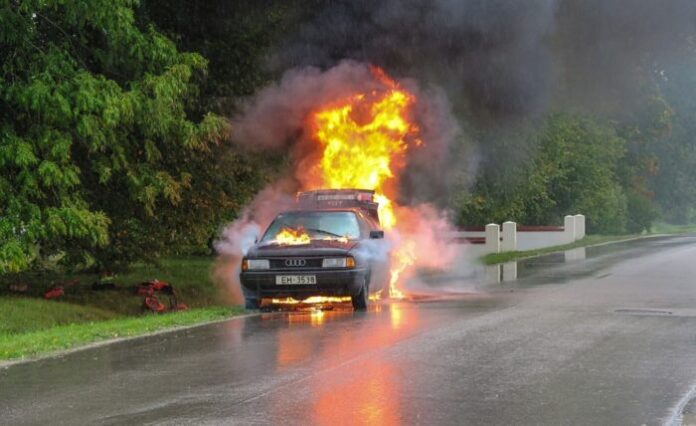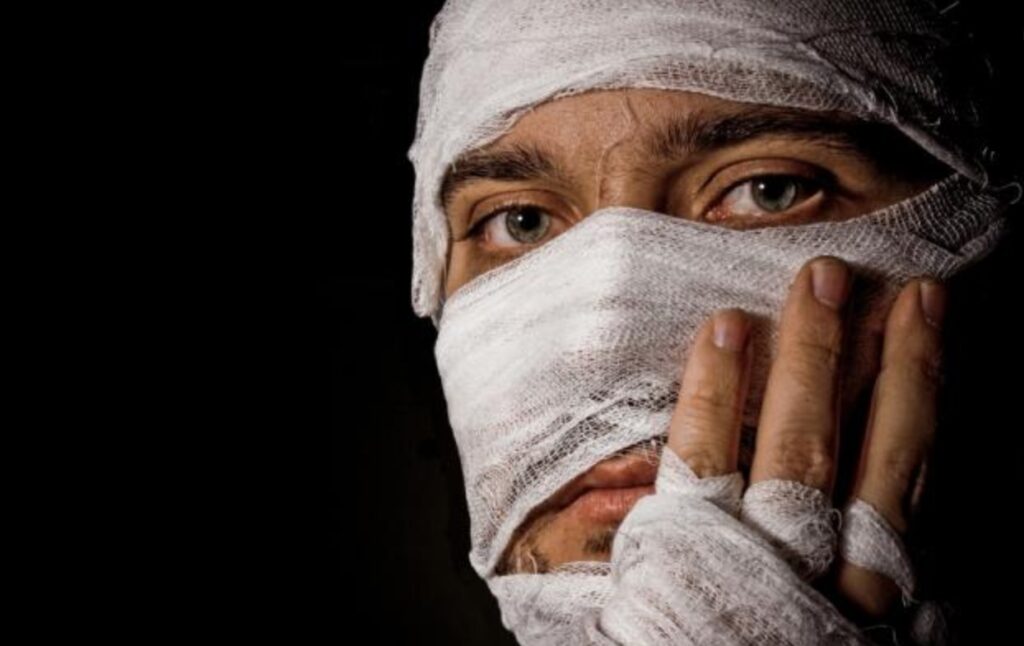Burns are among the most painful injuries anyone can endure, with wound care often being more excruciating than the initial incident and carrying the potential for life-long discomfort.
Most people never believe they will end up as burn victim, and you may not understand what normally causes them, the various burn classifications, or what you should do if you are burned. For all that information and more, check out this guide to understanding and managing burn injuries below.
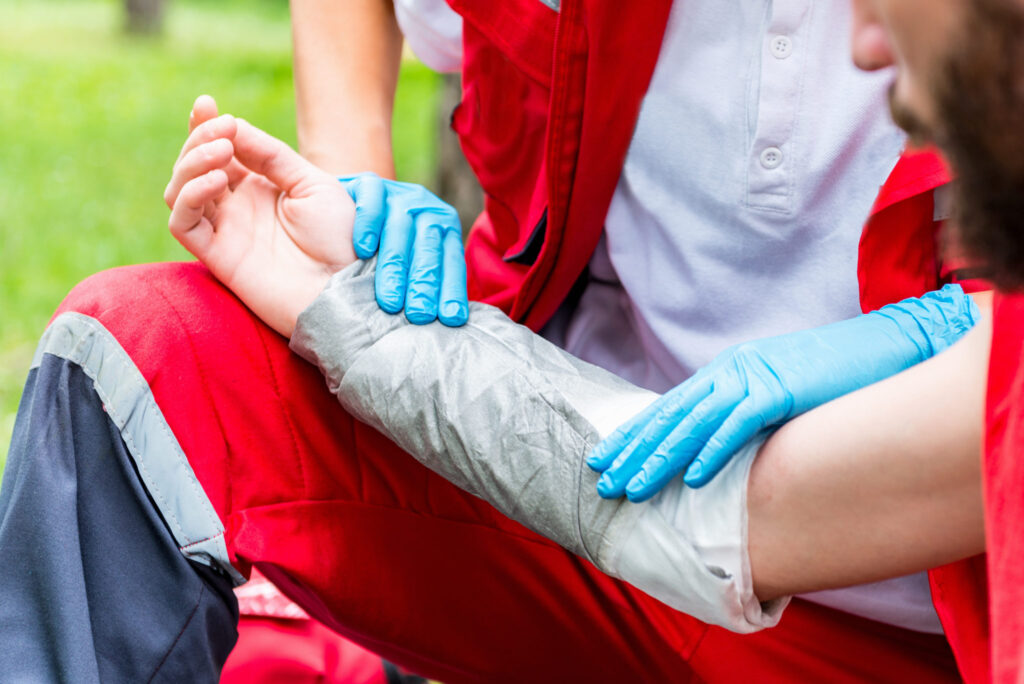
Burn Injury Causes and Severity
A surprising number of incidents can cause burn injuries, according to the website of caffeelawfirm.com. You might have been involved in a fire or explosion, or you were the victim of construction, chemical, machinery, or warehouse accident. Burns can also be the outcome of car wrecks, defective products, boiling liquids, and other people’s negligence or ill intentions.
The severity of the incident can often dictate how severe the burns are, with categories including first-degree, second-degree, and third-degree burns.
First-Degree Burns
Typically, first-degree burns affect the outer layer of your skin, known as the epidermis. You might notice redness, inflammation or swelling, some pain, and peeling skin as it begins to heal.
Typically, first-degree burns heal without or with minimal scarring within 14 days and generally only require home care unless they are present over a large area, on your face, or a major joint. In those scenarios, intervention by a healthcare provider may be required.
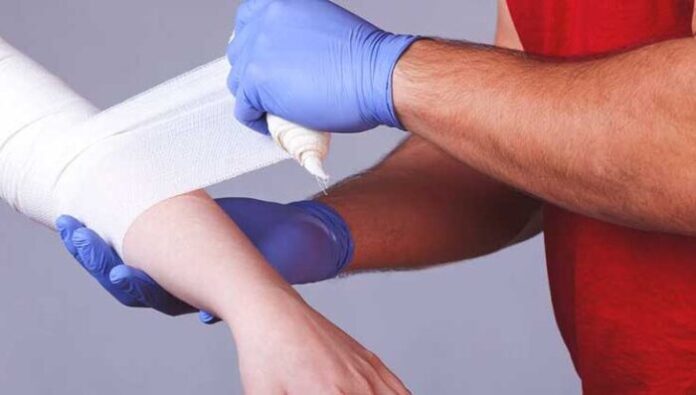
Second-Degree Burns
Second-degree burns are more severe than first-degree burns and affect the epidermis and the layer of skin below it, the dermis. Due to their depth, second-degree burns can cause severe blistering, redness, and soreness. Thick, soft, and scab-like tissue can also develop over the wounds, and they need to be kept clean to prevent infection.
Some scarring and skin pigment changes can be present once second-degree burns heal, but this process only tends to take a few weeks. In more serious cases where the blisters are severe, skin grafting may be required to fix any damage.
Third-Degree Burns and Above
Third-degree burns involve the burning of the epidermis, dermis, and underlying tissues and sweat glands. These burns can be so severe that nerve damage can often prevent them from being as painful as less severe burn injuries.
Your skin can appear dark brown, waxy, or white, and with a raised, leathery texture. Generally, blisters don’t develop. Without surgery, scarring and skin contracture is common.
Some medical experts use a lesser-known burn injury classification to identify burns more severe than third-degree, including fourth, fifth, and sixth-degree burns.
Fourth-degree burns generally extend to your fat layer, while those classified as fifth-degree extend to muscle. The most severe classification and undoubtedly the most painful are sixth-degree burns, which means the burn injury affects all layers of the area, including bone.
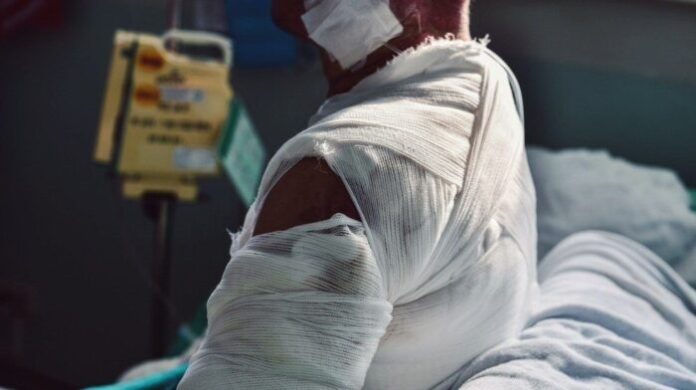
What to Do After a Burn Injury
What you do in the immediate moments after a burn injury may depend on how severe the burn is, taking into account the burn classifications above.
First-degree burns can generally be taken care of in the comfort of your own home by putting the burnt area under cool, running water. Remove any tight items around or on the burn, apply lotion, and bandage it. If you aren’t up to date with your tetanus shots, talk to a medical professional about whether you may need to receive one.
For more severe burns, such as second-degree and above, immediate medical treatment is necessary. Second-degree burns generally result in painful blisters and swelling, while third-degree burns and above can result in nerve damage and extensively damaged skin. Such burns can be life-threatening, so if you or someone else has experienced such an emergency, call 911 immediately.
Burn Injury Costs
As if the pain of burns wasn’t enough for people to bear, they also often have to deal with the financial costs associated with them. Burn-related medical costs in the United States exceed $1.5 billion annually, not including the $5 billion related to indirect burn expenses.
Almost 500,000 Americans receive burns treatment annually, with 40,000 people requiring hospitalization and 3,400 people succumbing to their injuries. The average burn-related hospital stay costs an average of $24,000, which is more than twice that of a non-burn-related stay.
Complications Associated With Burn Injuries
While the burn itself can be painful and stressful to manage, some people also have to handle burns-related complications. Infections, blood loss, and shock are among the most common, which can sometimes lead to death.
Tetanus is also a common consequence of first, second, and third-degree burns and can affect your nervous system. Even if you have only experienced a first-degree burn, your healthcare provider may recommend a tetanus injection if you haven’t had one in the last 10 years.
Surprisingly, severe burns may also increase your risk of developing hypovolemia and hypothermia. Hypovolemia describes losing too much blood from a burn, while hypothermia is caused by excessive body heat loss from an injury.
How to Cover Burn Injury Costs
Health expenditure per capita in the United States is over $12,000, which means not everyone who requires burn treatment will be in a financially stable position to afford it. Fortunately, if your burns were caused by someone else’s negligence or ill intentions, you may be able to file a personal injury claim to hold someone else to account for your injuries.
Your preferred lawyer can calculate all burns-related costs and negotiate with insurance companies on your behalf. This can be a weight off your mind if you’re unsure how you will find the tens of thousands of dollars your treatment now and into the future may cost.
However, if a personal injury claim is not an option, you do have others. You may like to set up a payment plan with your healthcare provider or ask loved ones for help. Friends and family may be more than happy to help with your recovery, whether it’s financial help or gestures like taking you to appointments or making meals.
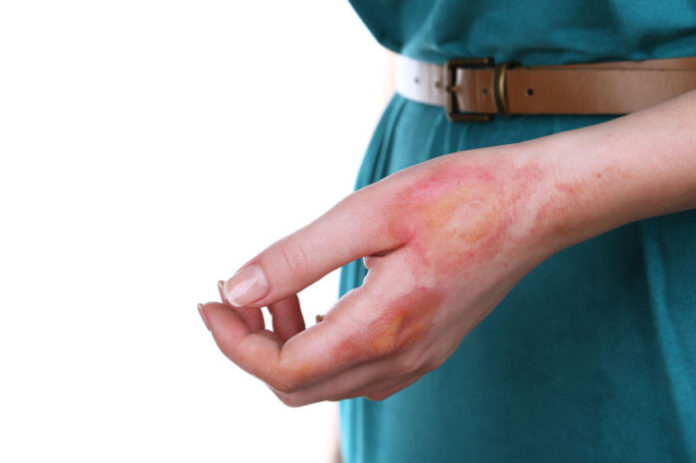
Even though nearly half a million Americans suffer burns injuries every year, that doesn’t mean you expect them to happen to you or know what to do if they do. Information in this guide above may enlighten you about your options if you or a loved one ever finds themselves in this situation.

